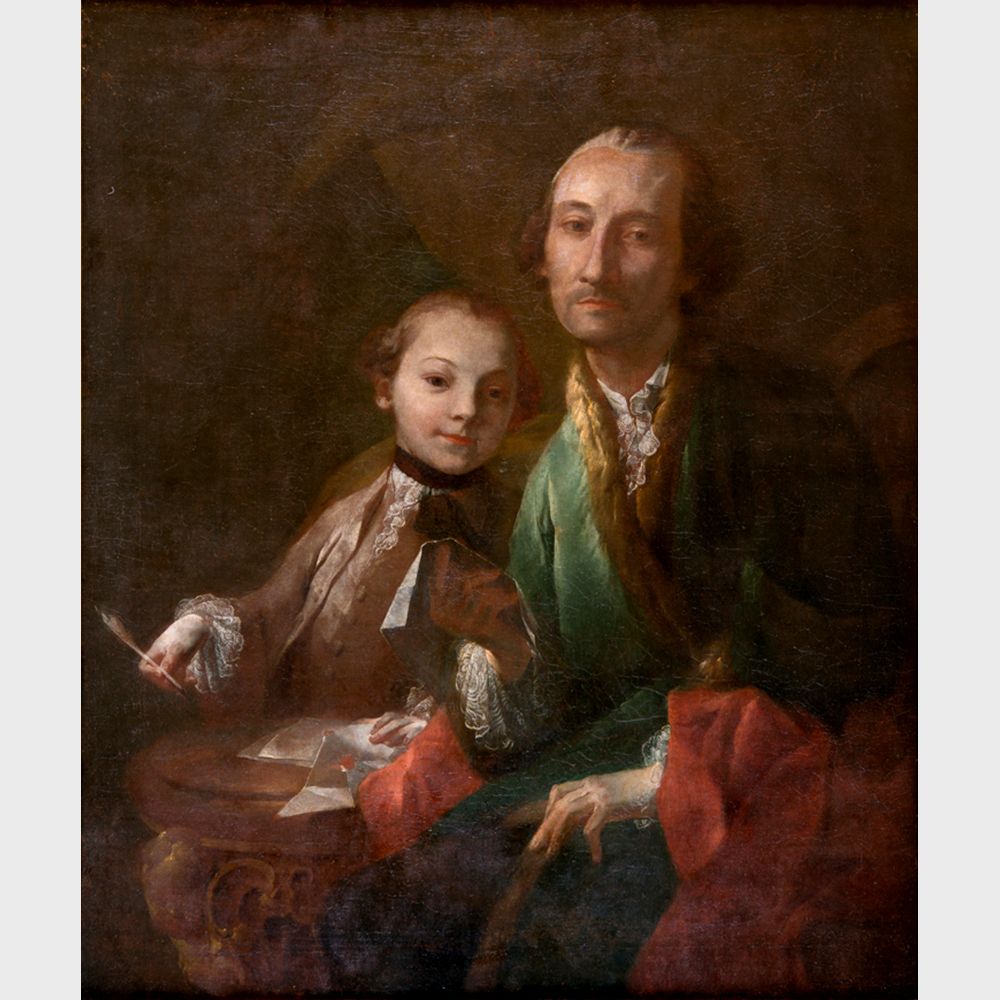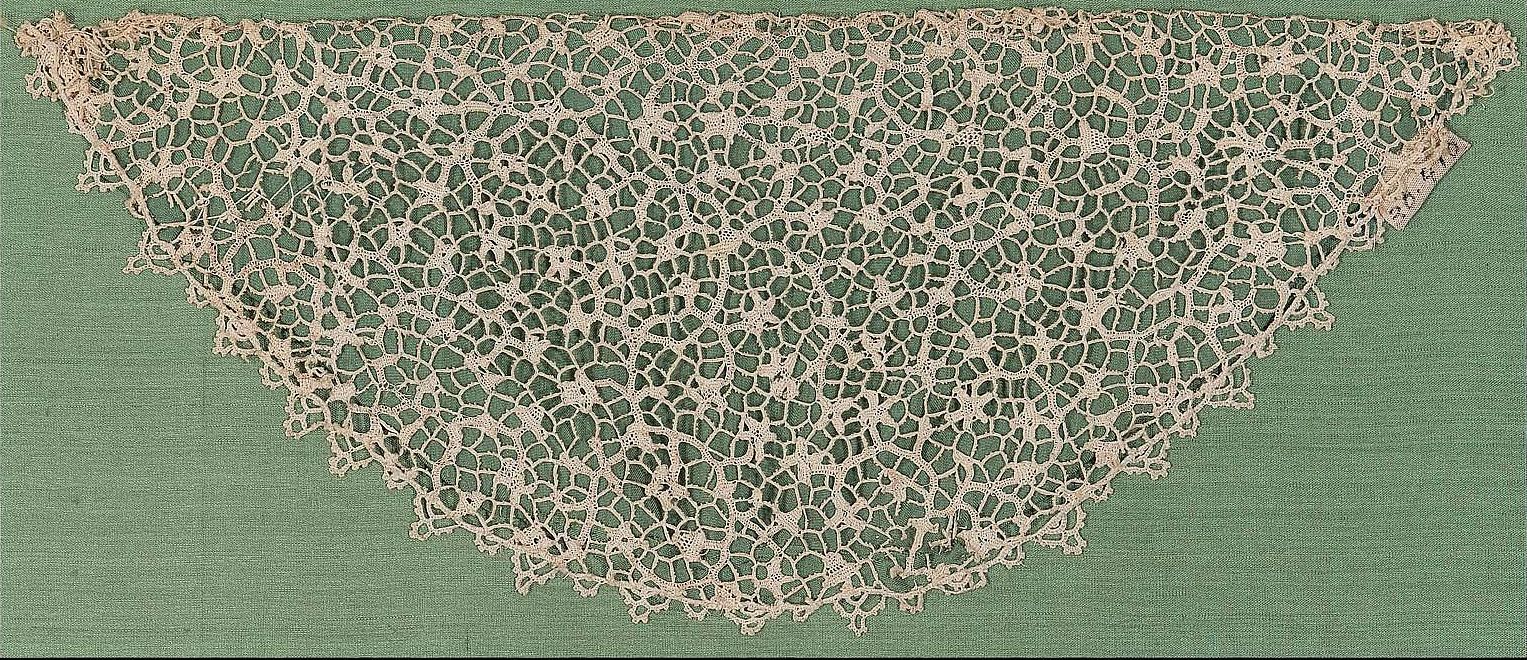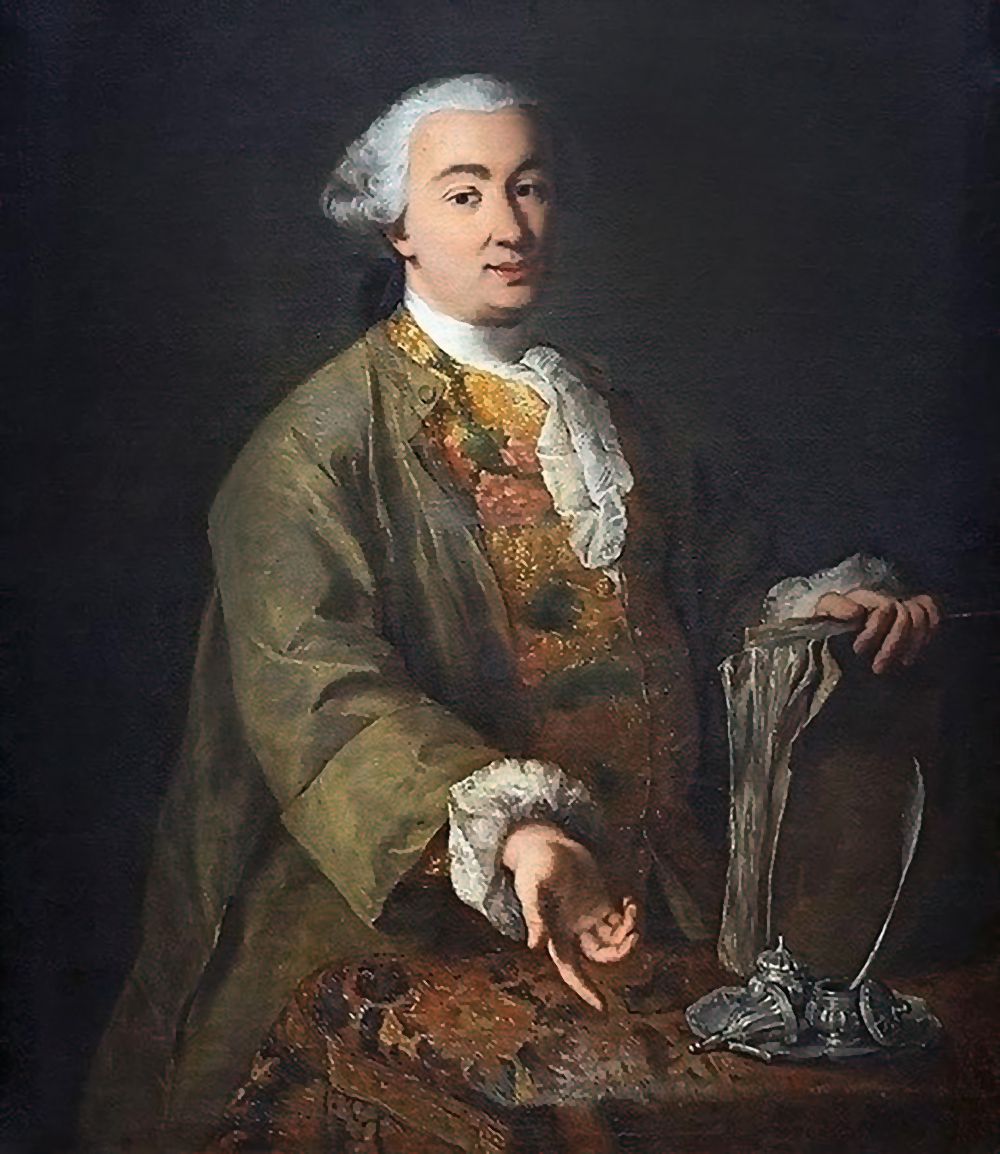Alessandro Longhi (1733–1813)
Portrait of Venetian Man and Boy, c. 1760
Oil on canvas, relined
McMullen Museum of Art, Boston College, Gift of Mrs. Timothy Dwight, 1988.1

Nancy Netzer
Inaugural Robert L. and Judith T. Winston Director, McMullen Museum and Professor, Art History

Captured in the midst of a lesson, with a quill in hand, a boy sits behind a small round rococo-style carved table strewn with his papers. Beside him on an arch-backed settee or chair draped in crimson cloth is an older gentleman, probably his father, who holds his son’s written work in his raised hand. The boy looks up from his writing to engage the viewer, while, with downcast eyes, his father appears deep in thought. Although the sitters are unknown, their clothing indicates noble status. The boy is formally attired in a brown jacket, waistcoat, lace-trimmed shirt, and black cravat. His father also wears a lace trimmed-shirt under his green silk fur-trimmed banyan, a type of informal coat that signals the scene takes place at home. Light from the left illuminating the papers and figures’ faces focuses the viewer on the double portrait’s intended message, that the father has passed on his erudition to his heir apparent.
In researching the painting, Stephanie Armstrong (BC ’14) discovered that in depicting the lace on the father’s shirt the artist takes pains to replicate the complex “Punto di Venezia” pattern developed in Venice at the beginning of the seventeenth century (see image).
The unsigned painting has been attributed to the Venetian portrait painter Alessandro Longhi, who trained under his father Pietro (1701–85), famous for his scenes of contemporary Venetian life. Alessandro’s portraits are poorly documented, but those of lesser nobles like this one and that of the Venetian playwright and librettist Carlo Goldoni (1707–93, see image) display his gift for sensitive portrayal of his subjects.


